We went to see Akashi Kaikyo Bridge. It took about 50 minutes from Osaka Station using a rapid train. You can find Akashi Kaikyo Bridge when you walk for a few minutes after leaving the train.
Akashi Kaikyo Bridge is a suspension bridge having the longest length in the world of 3,911 meters, which connects Kobe City to Awaji Island. Two main towers, which support wires suspending the bridge, each has a height of about 298 meters from the sea surface.
A ship seen at a distance.
The structure of the bridge beam.
A view from right under the bridge. The land seen across from here is Awaji Island.
There is a wandering promenade, called the “Maiko Marine Promenade,” having a height of about 47 meters from the sea surface and a length of about 317 meters. From an observation lounge on the eighth floor, you can look out over the Seto Inland Sea.
The water under the glass plate is the Seto Inland Sea. You can walk on the wooden bridge, at the center of the glass plate, or the glass plate. It’s very thrilling!
The sea on the east side. Osaka City is located beyond the horizon.
The sea on the west side. The townscape having skyscrapers is Akashi City.
The south side. It is Kobe City.
A group in which people enjoy riding on PWC.
After leaving the promenade, we walked near the bridge.
A ship passing under the bridge.
The round object monument is called “Dream Lens.”
That day was fine and was one day in Golden Week (early May holiday season in Japan), and thus a lot of people gathered for an outdoor concert.
An area where we walked around including the Maiko Marine Promenade is a park (Hyogo Prefectural Maiko Park), and there are three cultural property houses.
This is Sun Yat-sen Memorial Hall (Ijokaku). This memorial hall praises Sun Yat-sen. The building on the left side is Ijokaku, the Chinese style tower, built in 1915. When Sun Yat-sen visited Japan, a welcome party was held there.
You can see Akashi Kaikyo Bridge from the garden of this hall.
This is the Former Residence of Sanji Muto (Former Kanebo Maiko Club). It is a two-story wooden colonial style house, built in 1907.
A pine forest in the park.
This is the Former Residence of the Kinoshita Family. It is a modern Japanese style, Sukiya-zukuri style house (incorporating a number of tea ceremony house features), built in 1941.
The area is a perfect walking course when the weather is fine.













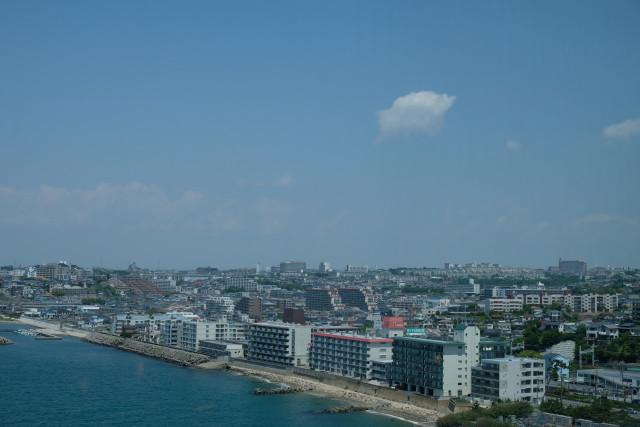
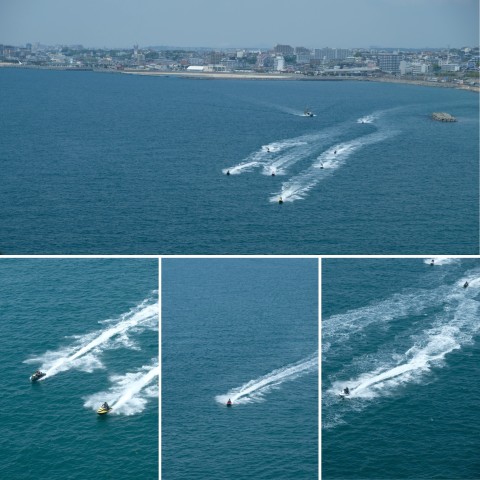




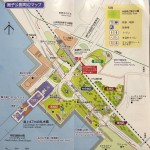

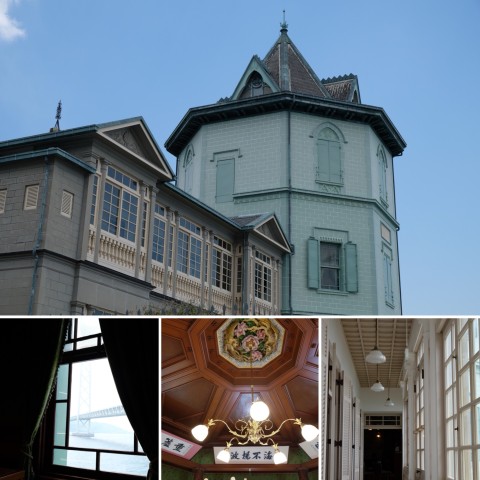
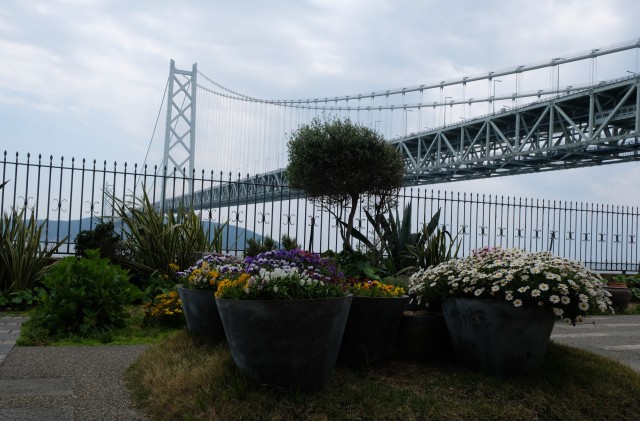


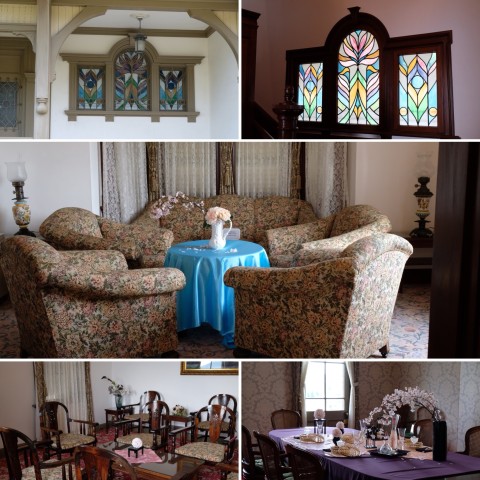


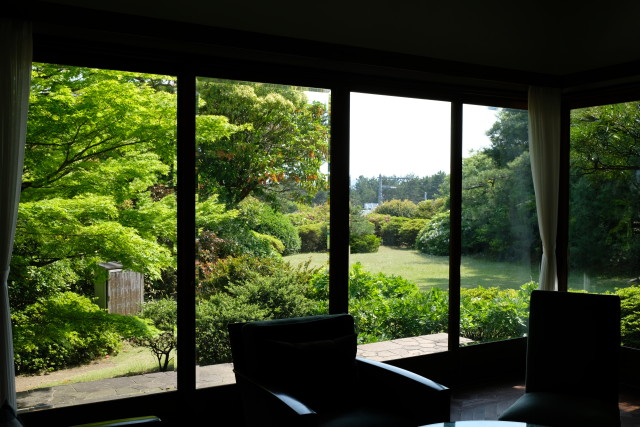


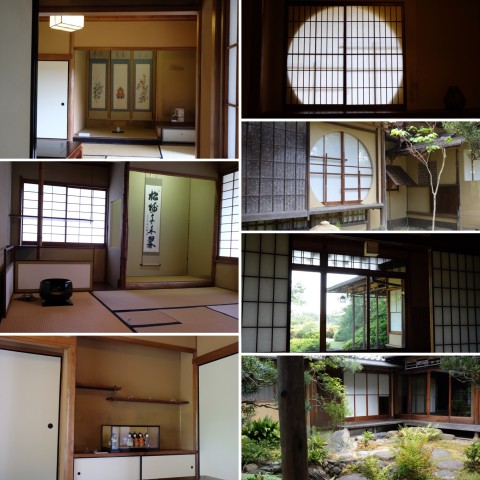
Leave a Reply